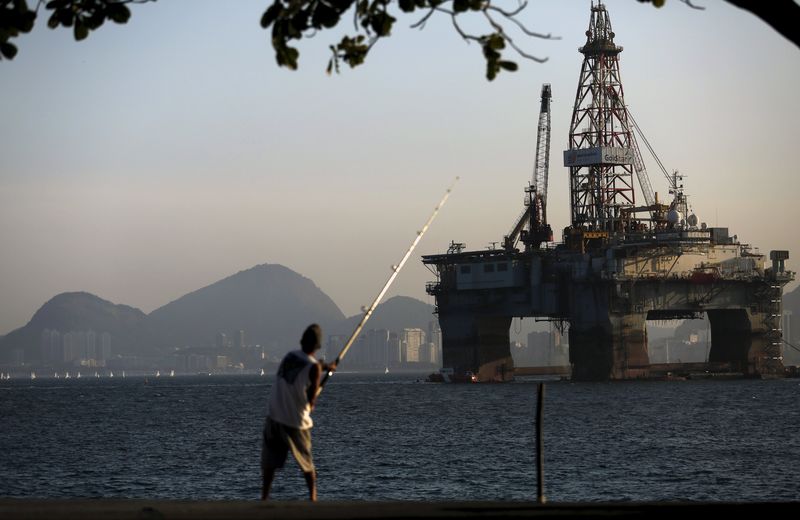Investing.com — Morgan Stanley has lowered its forecast for global demand growth in 2024 from 1.2 million barrels per day to 1.1 million barrels per day.
This revision is attributed to several factors, including slower economic growth in key markets, increased adoption of alternative energy sources and changing global economic conditions.
China’s economic growth has been slower than expected, which has had a significant impact on oil consumption. As one of the world’s largest oil consumers, this slowdown is a crucial factor in the downward revision.
The rapid increase in LNG truck sales in China has led to a marked decline in diesel demand. This shift alone is expected to reduce Chinese oil demand growth by 100-150 kb/d in 2024.
The proliferation of NEVs in China, which now account for nearly 50% of all new car sales, is further reducing gasoline demand. “The displacement of diesel by LNG trucks has reduced China’s oil demand growth by another 100-150 kb/d this year, we estimate,” the analysts said.
High inflation, rising interest rates and geopolitical tensions are dampening economic growth, especially in developed markets. These factors contribute to a more muted outlook for global oil demand.
Certain industries are seeing a faster-than-expected transition to alternatives to oil, impacting demand across sectors.
The continued rise of electric vehicles, coupled with improvements in battery technology and infrastructure, is gradually reducing dependence on oil, especially in the transportation sector.
The adoption of LNG, especially in heavy transport and industrial applications, is further reducing oil demand.
Non-OPEC supply growth has slowed and has almost stagnated in recent months. This trend has contributed to the oil market being tighter than expected in the short term.
While Morgan Stanley expects non-OPEC supply to increase again in the coming months, there is caution about whether this will be in line with previous growth forecasts.
OPEC’s continued production cuts have played an important role in maintaining market balance. However, the expected decline in demand, combined with increased supply at the end of 2024, could lead to a surplus in 2025.
As the market approaches late 2024 and 2025, the balance between OPEC and non-OPEC supply will be crucial in determining oil price dynamics.
Morgan Stanley has lowered its price forecasts, citing faster-than-expected pricing of weaker fundamentals through 2025. Brent is expected to average around $80 per barrel in the fourth quarter of 2024.
Prices are expected to gradually decline to around $75 per barrel by mid-2025, due to the expected easing of market conditions.
The recent decline in Brent prices to around $76 per barrel underlines the forward-looking nature of the market as traders anticipate softer demand and increased supply.


